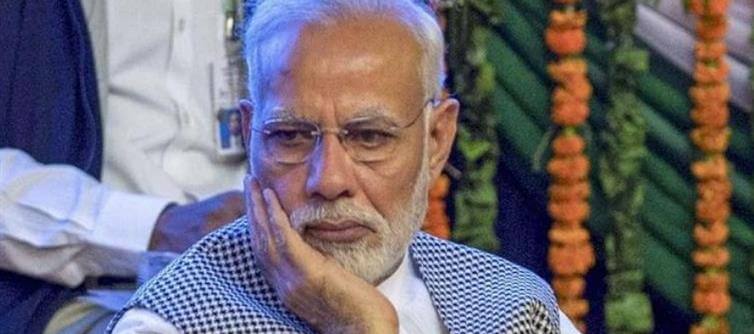
According to India’s 2025–26 Union Budget, 56% of the government’s receipts come from tax revenue. Of this, a significant share goes to servicing debt (20%), transfers to states (22%), and a mix of central and sponsored schemes (24%). Only a small portion—about 6%—is earmarked for subsidies, while areas like healthcare, education, and civic amenities receive even less in actual spending. Despite these allocations, corruption and inefficiencies deeply erode the impact of this expenditure. Transparency international and other watchdogs have routinely exposed how bribery and leakages siphon off large chunks of welfare budgets. As a result, the very people the government claims to uplift are left with crumbling infrastructure, while the salaried class—already burdened—feels ignored, unrewarded, and overtaxed.
To make matters worse, tax incentives and subsidies are routinely given to those with lobbying power: large corporations, wallet PLATFORM' target='_blank' title='digital-Latest Updates, Photos, Videos are a click away, CLICK NOW'>digital platforms, exporters, and even businesses with annual turnover below ₹40 lakhs enjoy various benefits. While some of these may be economically justified to support growth, it is the salaried middle class that remains the most taxed yet least protected segment. They receive no targeted subsidies, no relief during crises, and negligible voice in fiscal policymaking. Instead, their hard-earned money often funds unsustainable freebies or is lost to corruption. If india wants to retain its honest taxpayers and prevent further erosion of public trust, citizens must demand accountability, transparency, and equitable benefits from the system—not just handouts to vote banks or bailouts for the elite.




 click and follow Indiaherald WhatsApp channel
click and follow Indiaherald WhatsApp channel